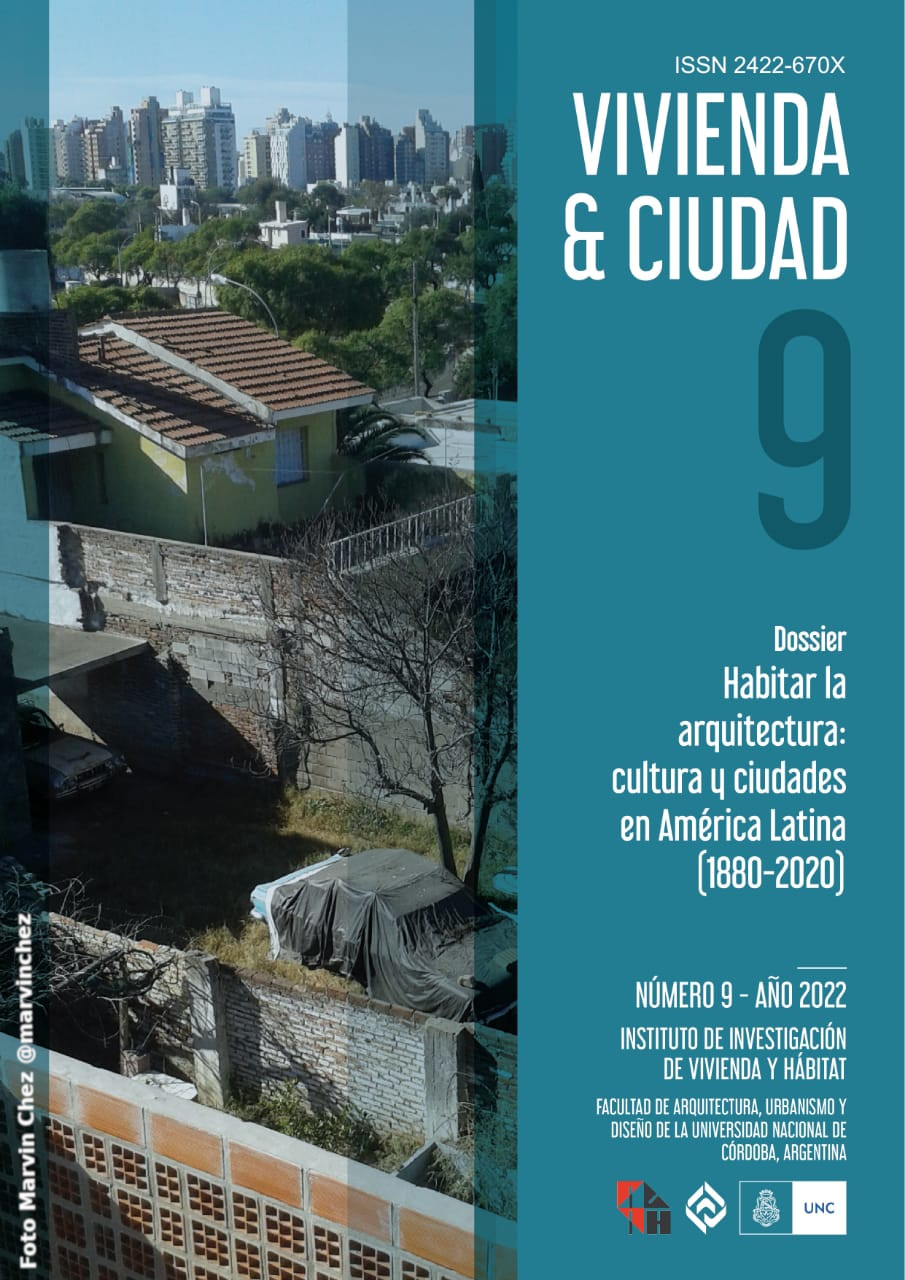Public policies of territorial decentralization-deconcentration in the city of Villa María in the period 2007-2022
Keywords:
State, Public Policies, Medium-sized cities, Decentralization and Deconcentration, Public managementAbstract
This paper analyzes the public policies of territorial decentralization and deconcentration of the Municipality of Villa María in the period 2007 - 2022. For this, the process of reform of the State in Argentina is briefly addressed, which resulted in the decrease of the National State and the rise of the municipalities. Subsequently, clarifications are presented regarding the distinction between decentralization and deconcentration, since it is important to understand these differences to understand these strategies more fully. Different categories are then formulated within which to frame the specific tools or initiatives that the Municipality of Villa María carries out or carried out within its Strategic Plan for Municipal Decentralization, which began in 2007. Finally, it concludes with some considerations about the importance of studying these initiatives with the aim of proposing or deepening this or other projects of decentralization of municipal public management.
References
Referencias bibliográficas
Brunis, L. y Gonzalez, G. (2013). Los pies en el barrio. Villa María: Universidad Nacional de Villa María
Carrión Mena, F., & Dammert-Guardia, M. (2019). Derecho a la ciudad: una evocación de las transformaciones urbanas en América Latina . Lima: CLACSO.
Coraggio, J. L. (1997). La descentralización. El día después... Buenos Aires, Argentina.
Hernández, M. A. (2003). Derecho Municipal . México DF: instituto de investigaciones jurídicas.
Iturburu, M. S. (2003). Municipios Argentinos: Potestades y Restricciones Constitucionales para un Nuevo Modelo de Gestión Local. Buenos Aires, Argentina: Instituto Nacional de la Administración Pública.
Laspasini, C. y Ruetsh, M. (2016). Plan Trienal Participativo Villa María 2013-2014. Análisis de una nueva estrategia de participación ciudadana. 2° Jornada de Desarrollo Local y Regional. Universidad Nacional de Villa María.
Link, N. (6-8 de julio de 2011). El Presupuesto Participativo en la Argentina. Sexto Congreso Argentino de Administración Pública. Resistencia, Argentina
Londoño García, D. (2001). El Barrio, ¿una dimensión incomprendida? Manizales, Colombia, Revista académica e institucional de la UCPR, 59: 11-15
Mansilla, M. L. (2011). Sociedad Civil y presupuesto participartivo en Villa María. Villa María, Argentina.
Ozlack, O. (2013). Estado abierto: Hacia un nuevo paradigma de la gestión pública. Red de Gobierno Electrónico de América Latina y el Caribe, Montevideo.
Reese, E. (2003). Instrumentos de gestión urbana, fortalecimiento de rol del municipio y desarrollo con equidad. Lima: Lincoln Institute.
Ruetsch, M. (2019). Plan Trienal Participativo Villa María 2013 - 2014. Análisis de una nueva estrategia de participación ciudadana. Villa María, Argentina.
Tapia, V. (2013). El concepto de barrio y el problema de su delimitación. Bifurcaciones, 12: 18-30
Yañez, J. (2017). Estrategias de acceso al suelo de los sectores populares e instrumentos de gestión municipal de suelo en ciudades pequeñas y medianas. Quilmes: Universidad Nacional de Quilmes.
Fuentes documentales
Carta Orgánica de Villa María. (1996). Extraída de http://www.joseperezcorti.com.ar/Archivos/Legislacion/Provincial/Cordoba/Municipios/Cartas_Organicas_Municipales/Villa_Maria_COM_2002.pdf
Concejo deliberante de Villa María. Obtenido de https://digesto.concejovillamaria.gob.ar/buscador/
Constitución de la Nación Argentina. Córdoba. Editorial Yammal. 2012
Constitución de la provincia de Córdoba. Córdoba. Editorial Yammal. 2012
Municipalidad de Villa María. Obtenido de https://www.villamaria.gob.ar/municercas
Entrevista
Ghione, P. (Agosto de 2019). Altamirano, Santiago
Downloads
Published
Issue
Section
License
Copyright (c) 2022 Santiago Altamirano

This work is licensed under a Creative Commons Attribution-ShareAlike 4.0 International License.
Authors who publish in this journal agree to the following terms:
a. Authors retain copyright and guarantee to the journal the right to be the first publication of the work as well as licensed under a Creative Commons Attribution-ShareAlike 4 license.
b. Authors may separately establish additional agreements for non-exclusive distribution of the version of the work published in the journal (e.g., placing it in an institutional repository or publishing it in a book), with an acknowledgement of its initial publication in this journal.
c. Authors are permitted and encouraged to disseminate their work electronically (e.g., in institutional repositories or on their own website) before and during the submission process, as this may result in productive exchanges, as well as earlier and greater citation of published work (See The Effect of Open Access).
d. 4.0 International Creative Commons Attribution-ShareAlike 4.0 License.










